Yes, there is at least one special case (but maybe more) of join and a closely related Venn diagram to the one shown that does characterise said special case of join. And although this is a special case, in the mathematical sense, it is actually a very common use case in the real world, to the point where it is almost the standard use case of join, practically. So it deserves attention.
The special case of join we will consider has the following restrictions:
- Both tables being joined have unique keys. Let's call them
IDa and IDb
- The ON condition is
IDa = IDb
In this case, we can define two sets SetA and SetB, which are the sets of all the IDs in the columns IDa and IDb. From there, since both sets are of the same type, they can have a non-empty intersection. Every ID in the intersection will define a record in the resulting joined table. Since the ID is in the intersection of both sets, and since the IDs are unique, it will correspond to exactly one record in each table. Thus the record in the resulting table will be the combination (union of column to value mappings) of the record in Table A and the record in Table B, for that ID.
Example
The following picture shows two tables TableA and TableB that satisfy the special case, and the result of a join:

The exact SQL for the join is:
SELECT * FROM TableA JOIN TableB ON TableA.ID = TableB.ID
The ID sets are 1, 2, 3 and 1, 2, 4 respectively. So the intersection is 1, 2. Therefore we select rows with IDs 1 and 2 from both tables and put them together to get the rows in the resultant table. The Venn diagram representation of these sets and their intersection is:

Pedagogical Note
Although joining on a single unique ID is a very common use case in the real world, the limitations of Venn diagrams to explain joins in the general case must be understood. As long as you understand this point, there is no harm in applying Venn diagrams in your understanding of this special case.


